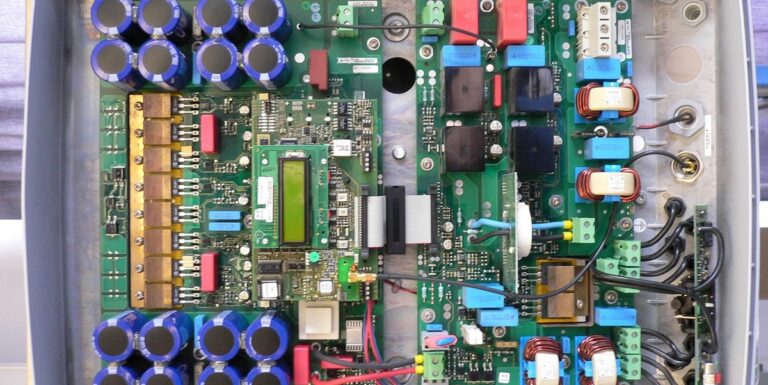The Fraunhofer Institute for Microstructure of Materials and Systems (Fraunhofer IMWS) has developed a methodology to improve inverter lifetime predictions, helping manufacturers reduce material use and testing efforts while lowering production costs without compromising device life to bring.
Inverters for PV systems, battery storage and electromobility must be able to withstand harsh environmental factors such as weather, dirt, high voltages and long operating times.
Despite these challenges, high-quality inverters typically last 20 to 25 years. However, the specific construction methods, materials and designs that guarantee this lifespan remain unclear, especially for newer applications such as PV and electromobility.
To address this, inverters are often overengineered with safety margins, using materials and processes that provide durability without a detailed understanding of aging and failure mechanisms. This results in higher costs.
In response, Fraunhofer IMWS, the Institute for Machine Elements of the University of Stuttgart and the German companies SMA, Electronicon Kondensatoren and Merz Schaltgeräte have developed a methodology to improve lifetime and reliability predictions for inverters and their key components.
“Our results enable precise design in the development of new inverters and faster testing in quality control,” says Sandy Klengel, project manager at Fraunhofer IMWS. “This allows production costs to be reduced because we have a much deeper understanding of the behavior of the components.”
Fraunhofer IMWS studied failure and aging processes in film capacitors and electromechanical switching devices, such as DC circuit breakers and relay assemblies.
Researchers created defects and activated degradation mechanisms in laboratory conditions using specially developed test setups. They took into account material interactions, varying electrical loads and environmental influences such as seasonal temperature changes, humidity and corrosive substances such as salt spray.
They then assessed which phenomena were relevant for real-world use by comparing laboratory results with field-aged components that remained defect-free.
The findings revealed problems such as cracks in ceramic layers affecting insulation, formation of oxide layers, demetallization, polymer degradation, thermal damage and solder degradation. Researchers also noted crystalline deposits, local melting, contamination and housing component failures.
The team has compiled these findings into a catalog summarizing the types of failures, characteristics and causes. They also used numerical simulations to better understand failure physics, such as local current density and heat loss in switches.
“With the results, manufacturers can now reduce material requirements and testing efforts and thus reduce device costs – without compromising the reliability and service life of the inverters,” said Klengel.
This content is copyrighted and may not be reused. If you would like to collaborate with us and reuse some of our content, please contact: editors@pv-magazine.com.


